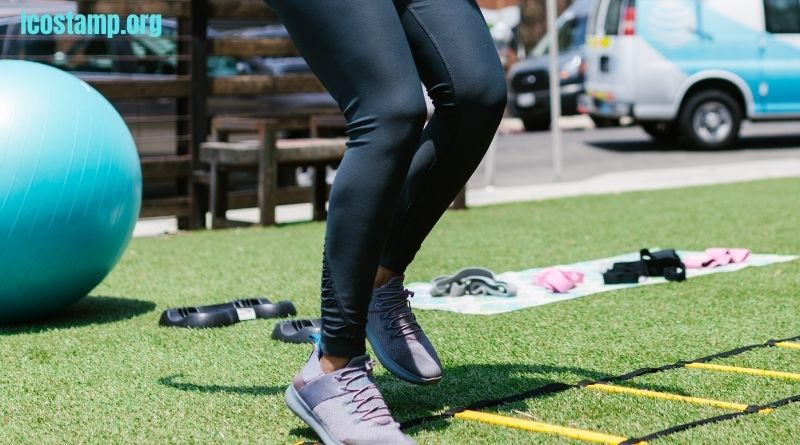Every athlete dreams of moving faster, reacting quicker, and performing at their absolute best. Achieving those goals requires more than raw talent, it demands structured training that focuses on agility, coordination, explosive movement, and speed. These four pillars form the cornerstone of peak performance. When developed within a top tier sports training environment, a program designed to enhance these abilities not only improves athletic output but also reduces the risk of injury, creating a sustainable path toward long-term success.
Why Speed and Agility Matter
Speed and agility go hand in hand. While speed helps athletes move from point A to point B quickly, agility allows them to change direction with control and balance. In competitive sports, the difference between winning and losing often comes down to reaction time and precision. Incorporating agility ladders, resistance drills, and explosive plyometric exercises into workouts helps athletes gain a competitive edge. Beyond the playing field, these skills improve overall body coordination and resilience, benefiting both performance and everyday physical activity.
Explosiveness: The Secret Weapon
Explosiveness is what gives sprinters their burst off the line, basketball players their vertical leap, and football players their quick acceleration. Training explosive power focuses on fast-twitch muscle fibers, which are critical for short, intense bursts of effort. Weighted sprints, box jumps, and resistance band drills are just some of the methods used to boost this capability. When athletes combine explosive training with coordination exercises, they build a complete system of performance that feels smoother, quicker, and more powerful.
Staying Safe While Training Hard
With high-intensity training comes an increased risk of injury if proper precautions are not taken. Documentation of training routines, safety protocols, and recovery strategies ensures that athletes can track progress and spot potential risks early. Coaches and athletes alike benefit from recording drills, monitoring fatigue levels, and implementing recovery-focused strategies like stretching, hydration, and sleep optimization. Smart training means pushing the limits without compromising long-term health.
The Legal Side of Protection: Workers Compensation Lawyers
While most conversations about athletic training focus on physical performance, there is also a human and legal dimension that should not be overlooked. Sports, fitness instruction, and physically demanding jobs all carry the possibility of injury, and when accidents happen, the consequences can be life-changing. This is where workers compensation lawyers step in as essential advocates. They guide injured individuals through the often complex claims process, ensuring access to medical coverage, wage replacement, and rehabilitation support. Having expert legal assistance helps level the playing field, protecting workers from unfair denials and unnecessary delays. At the same time, these attorneys help employers resolve disputes fairly, avoiding drawn-out conflicts that drain time and resources. A well-documented training program or workplace safety protocol can serve as vital evidence in these cases, showing that proper measures were followed while still ensuring that injured workers receive the care they deserve. In today’s world, where accountability and safety go hand in hand, turning to experienced workers compensation lawyers, such as those found at www.workerscompensationattorneysacramento.net – is not just a choice but often a necessity for protecting both people and organizations.
The Role of Documentation in Training and Safety
Just as athletes benefit from documenting their progress, businesses and teams also gain security from keeping clear records of safety practices. Tracking drills, injury reports, and progress evaluations creates an evidence-based system that fosters accountability. This same documentation can be instrumental in legal situations, making it easier to show compliance with safety standards while also protecting athletes, trainers, and staff.
Long-Term Benefits of Structured Training
When training is structured around agility, coordination, explosiveness, and speed, athletes develop habits that go far beyond the gym or playing field. Improved balance helps prevent everyday falls, better coordination sharpens reflexes, and increased endurance builds confidence in tackling both athletic and personal goals. These benefits compound over time, creating a foundation of health, resilience, and confidence that supports both sports and lifestyle performance.
Blending Performance and Protection
True peak performance comes from more than just intense workouts. It comes from smart planning, structured training, safety awareness, and legal protection when things don’t go as expected. By building programs around the core pillars of agility, coordination, explosiveness, and speed, athletes unlock their full potential. Pairing that with a commitment to safety and the support of workers compensation lawyers when injuries occur creates a well-rounded environment where both performance and well-being are prioritized. In the end, success is not just about moving faster or jumping higher, it’s about creating a sustainable system where people thrive both on and off the field.

